The movies of Studio Ghibli and Hayao Miyazaki have captured the imagination of not only Japan but also the world. In this Studio Ghibli location guide we will take you all over Japan and introduce you to 15 places from 6 Ghibli Movies; "Spirited Away," "My Neighbor Totoro," "Whisper of the Heart," "The Cat Returns," "Princess Mononoke," and "Ponyo."
Additionally, we will guide you through theme parks like the Ghibli Museum, and the Studio Ghibli Theme Park, where you can get the full Ghibli experience in one convenient place! Some movie locations are easy 1-day-trip destinations from Tokyo such as Saitama, Yokohama, Mitaka, and Tama. While others are World Heritage sites in Japan like ancient Onsen, historic Hiroshima, the sprawling beech forests of Shirakami, and the fragrant cedar forests of Yakushima Island.
Have you ever wanted to visit Yubaba’s sprawling Onsen, or bathhouse, in Spirited Away? How about the lush forests of Princess Mononoke and My Neighbor Totoro? Let’s get started by looking at the upcoming Studio Ghibli Theme Park.
A New Studio Ghibli Theme Park: Where and When
(Trailer by Nittere-News Feb/04,2021)
Starting from Fall 2022 you can visit your favorite Studio Ghibli characters in the new Studio Ghibli Theme Park. The Studio Ghibli Theme Park will be in the Aichi Expo Memorial Park, in Nagakute City. This is close to Nagoya City, Aichi Prefecture, which is easily accessible by bullet train or by plane.
The Studio Ghibli Theme Park will feature areas and attractions mainly from 5 Ghibli movies: "My Neighbor Totoro," "Whisper of the Heart," "Kiki’s Delivery Service," "Spirited Away," and "Howl’s Moving Castle."
(Please note some areas, such as Princess Mononoke’s Irontown, will not be ready until 2023 or 2024.)
True to the environmental message of Miyazaki's films the theme park's goal is to peacefully coexist with nature by working with the natural beauty of the area. No trees have been harmed in the making of this theme park!
Inside the Studio Ghibli Theme Park: Visit Irontown, Howl’s Castle, and more!
At the entrance of the park is the Springtime of Life Hill, also called Youth Hill, which will be based on "Howl’s Moving Castle" and "Whisper of the Heart." There will be a yellow gate and tower with objects from Howl’s moving castle, as well as an elevator so that you can view the park from above. Additionally, you can visit Earth House, the antique shop from "Whisper of the Heart." The Ghibli Warehouse will be an indoor area, so it’s great even if the weather is bad. There will be a children’s playground, an exhibition room, a cinema, shops, restaurants, and a warehouse with revolving exhibits. Spirited Away will have its own dining area, but don’t “pig” out too much!
(Trailer by Chu-nichi Shimbun Digital July/16,2021)
Mononoke Village will recreate the films’ Irontown, which will take you to historic Japan in the Muromachi era, while the rural scenery will feature some of the legendary creatures from the movie such as the boar god, Lord Okkoto. When you move on you can finally live your dream of visiting Howl’s Castle and being a Ghibli witch (or wizard). At the Valley of Witches, you can enjoy Howl’s Castle and Kiki’s Home, from Studio Ghibli’s "Kiki’s Delivery Service." Last but certainly not least we can all enjoy a trip to see our favorite neighbor, Totoro, at Dondoko Forest. You can enter Satsuki and Mei’s House and enjoy the nostalgia of Japan’s Showa period which lasted from 1926 to 1989.
All things considered; the Studio Ghibli Theme Park is sure to be a one-of-a-kind anime amusement park experience!
Spirited Away: Look for Yubaba’s Bathhouse in Tokyo and Japanese Onsen Towns
Studio Ghibli released Spirited Away in 2001 and forever changed the world's perception of anime. The movie became an instant hit and is widely considered to be one of the best-animated films ever made. It even won an Academy Award for Best Animated Feature!
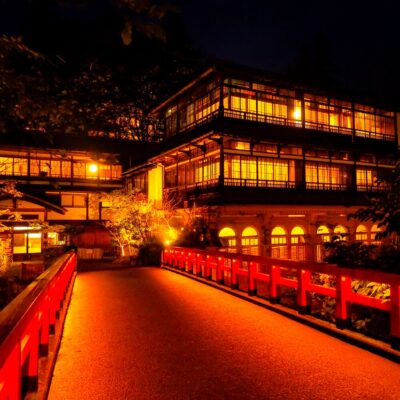
The Story of Spirited Away: Chihiro, a Witch, and an Onsen
Spirited Away is about 10-year-old Chihiro’s journey into the world of Japanese spirits to rescue her parents, who have been turned into pigs. She has to work, as the only human, in a bathhouse run by a powerful witch, named Yubaba. Along the way, she is helped by a boy named Haku, who can turn into a beautiful dragon, and a creature called No-Face (Kaonashi). By persevering, and accepting a little help from her friends, Chihiro is able to eventually free her parents.
The Search for "Spirited Away" Locations
The design of Yubaba’s gorgeous bathhouse has captivated viewers since the film’s release. While no exact replica exists, it is possible to visit the Onsen Ryokans, or Japanese bathhouses, that inspired Studio Ghibli’s animators!
Kanaguya Ryokan in Shibu Onsen, Nagano Prefecture
One of the models for Yubaba’s bathhouse is the Kanaguya Ryokan in Shibu Onsen, Nagano Prefecture. This 250-year-old Onsen has a castle-like appearance, so it’s easy to see why it inspired Hayao Miyazaki and the Ghibli animators. Enjoy a local feast here as you dine on Kaiseki Ryori; elegant Japanese multi-course cuisine.
Dogo Onsen Honkan in Matsuyama City, Shikoku
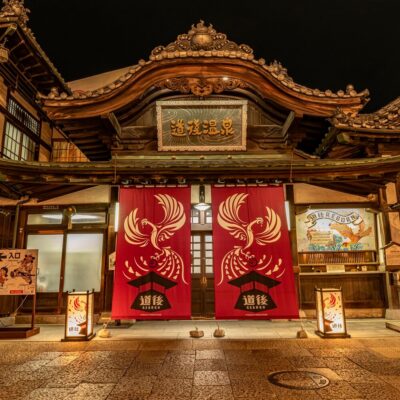
Dogo Onsen Honkan is located in Matsuyama City, on the island of Shikoku. The interior of this wooden bathhouse is slightly maze-like in appearance, not unlike Yubaba’s bathhouse, with numerous corridors and staircases. Enjoy the Kami no Yu, or bath of the gods which is a classic stone bath. Or, enter the Tama no Yu, the bath of the spirits.
Yubara Onsen’s Aburaya, Okayama prefecture
The next Japanese inn on our list has the same name as Yubaba’s Bathhouse; it is Yubara Onsen’s Aburaya. Studio Ghibli’s animators used the building’s original design from the Meiji era as an inspiration. Though it was renovated during the Heisei era, the open-air bath remains the same.
Notoya Ryokan, Ginzan Onsen
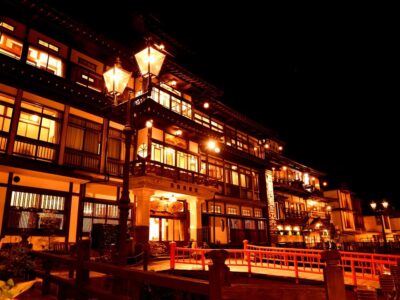
Notoya Ryokan, in the Ginzan Onsen area is a 500-year-old ryokan that offers guests massage services, as well as indoor and outdoor baths. When you see the classic Japanese exterior lit up at night you will feel like you've been spirited away.
Sekizenkan Honkan in Shima Onsen, Gunma prefecture
The final inspiration for Spirited Away’s Bathhouse is Sekizenkan Honkan, in Shima Onsen. This is the oldest wooden bathhouse in Japan! On your way, you will encounter a red bridge, just like the one Chihiro and Haku crossed to enter Aburaya. The hot spring water here is renowned throughout Japan as the cure for "40,000" illnesses.
Travel Back in Time to Edo in a Tokyo Museum
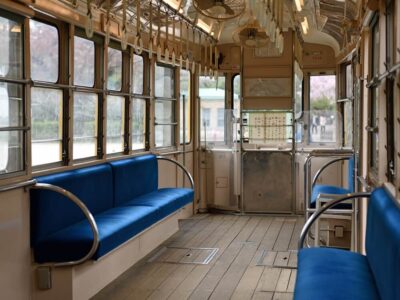
Our Spirited Away journey ends right in Tokyo at the Edo-Tokyo Open Air Architectural Museum in Koganei. This is a sprawling museum of historic Japanese buildings which Miyazaki often visited for inspiration. You’ll see a lot of buildings that look like they belong in the village surrounding the bathhouse!
Read more about "Spirited Away"
Princess Mononoke: Studio Ghibli’s Tale of the Struggle Between Nature and Modernity
Studio Ghibli released "Princess Mononoke" in 1997 and it quickly became the highest-grossing film in Japan, a record it held until "Spirited Away" was released. The word “Mononoke” from the title is a Japanese term for supernatural beings that possess people and cause suffering.
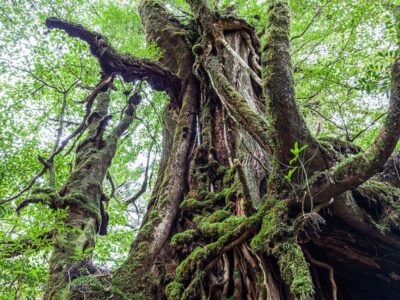
Princess Mononoke’s Story is an Enchanting Blend of Japanese History and Folklore
Set in Japan’s late Muromachi Period, Princess Mononoke starts with Prince Ashitaka’s village being attacked by a demon boar. Ashitaka kills the boar but is cursed in return with corruption that will spread and kill him. This leads him on a journey through Japan's untouched nature to find the Forest Spirit. His travels take him through Irontown where he meets Lady Eboshi, and later through enchanted forests where he meets the film's heroine, San, as well as her family, Moro, and the other wolves.

It is possible to visit the forests that inspired the film, and you may even see some Kodama along the way!
Search for Kodama in Japanese World Heritage Site Forests: Yakushima and Shirakami
Studio Ghibli beautifully rendered the enchanting nature of Princess Mononoke, and the real-life locations that inspired the film are equally stunning. You can find some of that Ghibli magic in the Japanese World Heritage Site forests of Yakushima and Shirakami.
Everlasting Natural Wonder: Yakushima, Kyushu
The primary inspiration for the beautiful forests of Princess Mononoke is the island of Yakushima, in Kyushu. It is home to ancient cedar forests, and some of the trees, like Jomonsugi, are estimated to be over 7,000 years old! Miyazaki himself visited here in 1995, and the area also served as inspiration for Nausicaä of the Valley of the Wind. The wet climate here means that all nature is green and lush. Along the hiking trails, you will likely find cute little Kodama statues!
Ashitaka’s Emishi Village: Shirakami, in Aomori
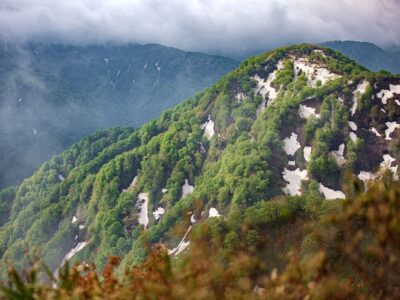
Ashitaka’s Emishi village was inspired by the World Heritage Site Shirakami, in Akita-Aomori Prefectures. This is the world’s largest beech forest, and the natural beauty of the area truly inspires a feeling of enchantment.
Lady Eboshi’s Irontown: Sugaya Tatara Sannai, in Shimane
Finally, to discover Lady Eboshi’s Irontown head to Sugaya Tatara Sannai, in Shimane. There you will find Japan’s only remaining Tatara iron-making facility. This iron is used for making Japanese swords, or Katana.
Read more about "Princess Mononoke"
"My Neighbor Totoro": Forest Spirits in Tokyo’s Outskirts
In 1988 Studio Ghibli released My Neighbor Totoro, capturing the hearts of both adults and children all over the world. The film was, and continues to be a huge success, and has made the character of Totoro synonymous with Studio Ghibli's works.
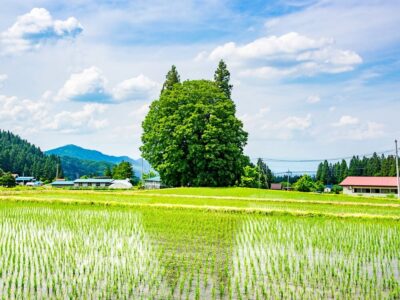
The Story of My Neighbor Totoro: Satsuki and Mei’s Adventures
In post-war Japan two girls named Satsuki and Mei move out to Tokyo’s outskirts, or suburbs, to an old house. Their new lives quickly become infused with magic as they discover their house has some unexpected residents, Susuwatari, or soot sprites. While in the forests beyond their house they encounter a forest deity called Totoro.
Contrasting with the carefree magic of Totoro and the Cat Bus the girls must come to terms with missing their mother, who is recovering in a nearby hospital, and their busy father.
Take a 1-Day Trip from Tokyo to Totoro’s Forest, Saitama Prefecture
By taking a short drive from Tokyo, you can find yourself transported to the lovely forest that inspired Hayao Miyazaki to create My Neighbor Totoro. The area is wonderful for some light hiking and adventuring, and you may even catch a peek of Mt. Fuji from Sayama Lake!
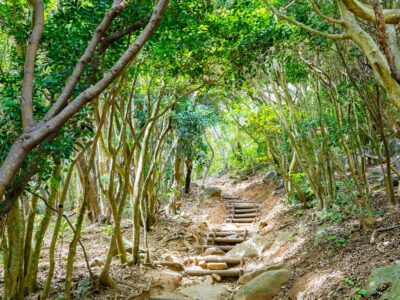
Enjoy the Local Beauty of Totoro’s Forest in Sayama Hills
If you would like to find the wooded areas where My Neighbor Totoro characters Satsuki and Mei played, they are a short 1-day trip from Tokyo. Head to “Totoro no Mori”, Sayama Hills, in Saitama Prefecture. This nature reserve is a model for the forest in the movie, and also the village. The area is known for its rich greenery, beautiful nature, and proximity to Tokyo.
Totoro’s forest is beautiful year-round, but to get a feeling closest to the movie visit in summer. In addition to the forest, you will find that Hachikuyama Park looks like it served as a model for Satsuki and Mei’s mother’s hospital. Please note this is not an official theme park, but just a small nature reserve that is maintained by the locals.
Say “Cheese”! Take a Photo with Totoro at Kurosuke’s House
While visiting Saitama make sure to stop by Kurosuke’s House. This is an old Japanese house named after the soot spirits in the movie. There is even a big Totoro inside that you can take pictures with! Next door there is a small warehouse with a Ghibli exhibition. Admission is free but you can donate to help support keeping the area beautiful.
Read more about "Totoro"
"Ponyo": A Tale of Magic and Love in a Historic Hiroshima Town
Studio Ghibli’s "Ponyo" came out in 2008 and became the fifth highest-grossing anime film of all time! The film released in 927 movie theatres in the United States, the most ever for a Ghibli Film.
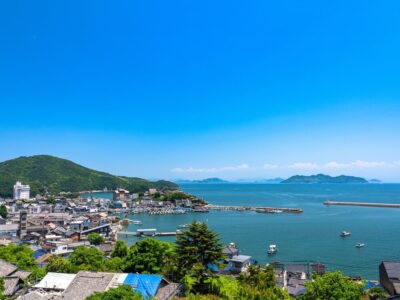
The Story of Ponyo, A Goldfish with a Dream
This highly imaginative movie is about Ponyo, a little goldfish with magical parents, who is rescued by a five-year-old boy named Sousuke. Ponyo is about her journey to become human and her misadventures controlling her magic. It is a heart-warming tale of innocent love and perseverance.
Visit Ponyo and Sousuke’s Hometown: Tomonoura
The coast area from "Ponyo" is Tomonoura in Fukuyama City, Hiroshima Prefecture. It is located in Setonaikai National Park, one of the first national parks in Japan. The changing tides of the Seto Inland Sea have made it a historical port city with abundant nature and beauty. While traversing the classic Japanese streets look for cute, painted stones and fountains of Ponyo throughout the city.
Stay at a Ryokan Designed by Hayao Miyazaki
In Tomonoura it is possible to stay at a Ryokan, or Japanese Inn, designed by Hayao Miyazaki. This Ryokan is a revival of Sakamoto Ryoma’s house, who was a legendary Japanese samurai! At the Onfunayado Iroha, you can find the original sketch of the building by Miyazaki inside as well as other Ghibli goodies. For a closer look at the waters of Ponyo’s sea take a ferry, Iroha Maru, to nearby Sensui Island.
Read more about "Ponyo"
"Whisper of the Heart": A Magical Romp Through Tokyo
"Whisper of the Heart" was released in 1995 and while it was written by Hayao Miyazaki, this is the only Studio Ghibli film directed by Yoshifumi Kondō. It is a classic coming of age and romance anime film, presented with Studio Ghibli’s unique flair.
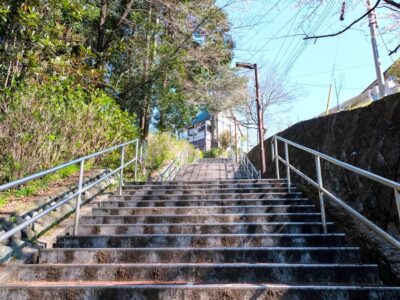
The Trials of a Teenage Girl in Tokyo, As Told by Studio Ghibli
"Whisper of the Heart’s" heroine, Shizuku is a high school student in Tokyo, she likes creative writing and singing. Additionally, Shizuku is working on her version of the song Country Road. She finds herself connected to a boy named Seiji through library books. Throughout the film, Seiji and Shizuku navigate their feelings for each other and inspire one another to follow their creative aspirations. Shizuku even works on a story about a cat name Baron that becomes a later Ghibli film, "The Cat Returns."
The Tokyo Neighborhood from Whisper of the Heart: Tama City
The location of Whisper of the Heart’s story is in Tokyo’s Tama City. The starting point is the Seiseki-Sakuragaoka station, which you can see in the movie. As an ode to the film, Seiseki-Sakuragaoka station plays a little jingle of Country Road when trains arrive and depart.
This is a peaceful, hilly Japanese town, a perfect place to experience Japan’s everyday life. Outside of the station, there is a Studio Ghibli walking map, to guide you on your journey. Check out the postbox shaped like a green house; does it look familiar? It’s modeled on Earth House, the antique store from Whisper of the Heart. Moreover, this is no ordinary postbox, it is for posting your dreams and goals.
Climb the Steep Slope Irohazaka, Get a Love Fortune at a Shrine, and Search for Seiji’s Secret Place
Get ready to climb Irohazaka, a steep slope that will guide you along places from the movie, and at the top, you will find Seiji’s secret place. Along the way stop by Kotohiragu, the shrine where Sugimura confesses his feelings to Shizuku. This shrine has a popular love fortune, Omikuji in Japanese. Note the Roundabout, where Earth Shop from the movie was located. While there is no real Earth Shop, you can see the house it was based on at this roundabout!
The Cat Returns, Studio Ghibli’s Sequel to Whisper of the Heart
"The Cat Returns," the sequel to "Whisper of the Heart," was released in Japan in 2002 and was the highest-grossing movie that year. Due to Ghibli's growing popularity abroad, it was dubbed into English with stars like Anne Hathaway, Tim Curry, and Cary Elwes!
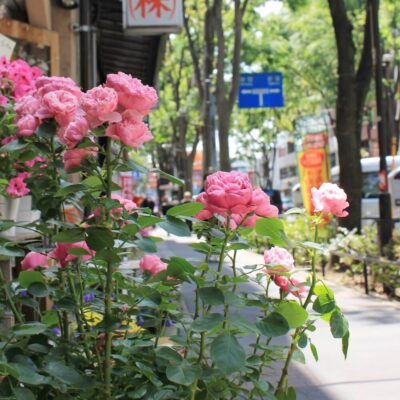
The Story: Save a Cat in Tokyo, End Up in the Cat Kingdom
"The Cat Returns" is about a Japanese high-school girl, Haru Yoshioka. After saving a cat from getting hit by a car, Haru ends up spirited away to the Cat Kingdom. There, her reward is to marry the Prince and become a cat herself! Accompanying her are dashing Baron, and grumpy Muta, familiar faces from "Whisper of the Heart."
Three Places That Inspired Studio Ghibli’s The Cat Returns
The first location from "The Cat Returns" is the Yokohama Motomachi Shopping Street which is a European-style shopping street which is where Haru meets Muta in the film. Additionally, it is the same area as "From Up On Poppy Hill," so you can tour two Ghibli films in one place. It has a high-end feel and it’s a nice place to shop for classy souvenirs like Mihama-craft handmade shoes, and classy bags from Kitamura. Bakery Pompadour serves big and fresh apple pies, a perfect treat for a Ghibli scavenger hunt.
Find a Studio Ghibli Atmosphere in Asagaya and Koenji
The second location from Whisper of the Heart is Koenji Cake Botique MYNT. It has moved from its original location, seen in the film, but you can still buy the cute fish-shaped cookies Haru shared with the kitten. Snack on some Japanese cookies as you walk to the next area, Nakasugi-Dori in Asagaya. This is the tree-lined road where Haru first saves the cat, close to Koenji.
Where is the Studio Ghibli Museum and How Do I Buy a Ticket?
The Studio Ghibli Museum in Mitaka, Tokyo is definitely the one-stop shop for all things Studio Ghibli. At The Saturn Theater, you can watch original short animated films including Totoro Sequel, "Mei and the Baby Cat Bus!" For fans of Studio Ghibli art, there are Special Exhibitions. It is possible to view original art and storyboards and see the creative process, including Miyazaki’s last-minute changes. The food in Studio Ghibli movies always makes everyone hungry, luckily there is the Straw Hat Café where you can enjoy the beauty of nature while enjoying organic food from local farms. There is also a Studio Ghibli store called Mamma Aiuto, and Tri Hawks, a beautiful reading room.
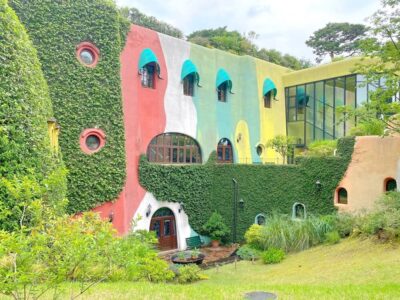
The Studio Ghibli museum is incredibly popular and as a result, getting tickets can be a bit tricky. Tickets are Advance Reservation only; you cannot get them on site. They go on sale at 10:00, Japan time, on the 10th of every month, for the following month. Please follow the links on the official website and buy through JTB Group Overseas or Lawson Ticket.
Read more about "Ghibli Museum"
Note From the Editor
We hope our Studio Ghibli location guide has helped you plan your next trip to Japan. Let’s all keep Hayao Miyazaki’s environmental messages in our hearts as we travel and respect the nature that we encounter!
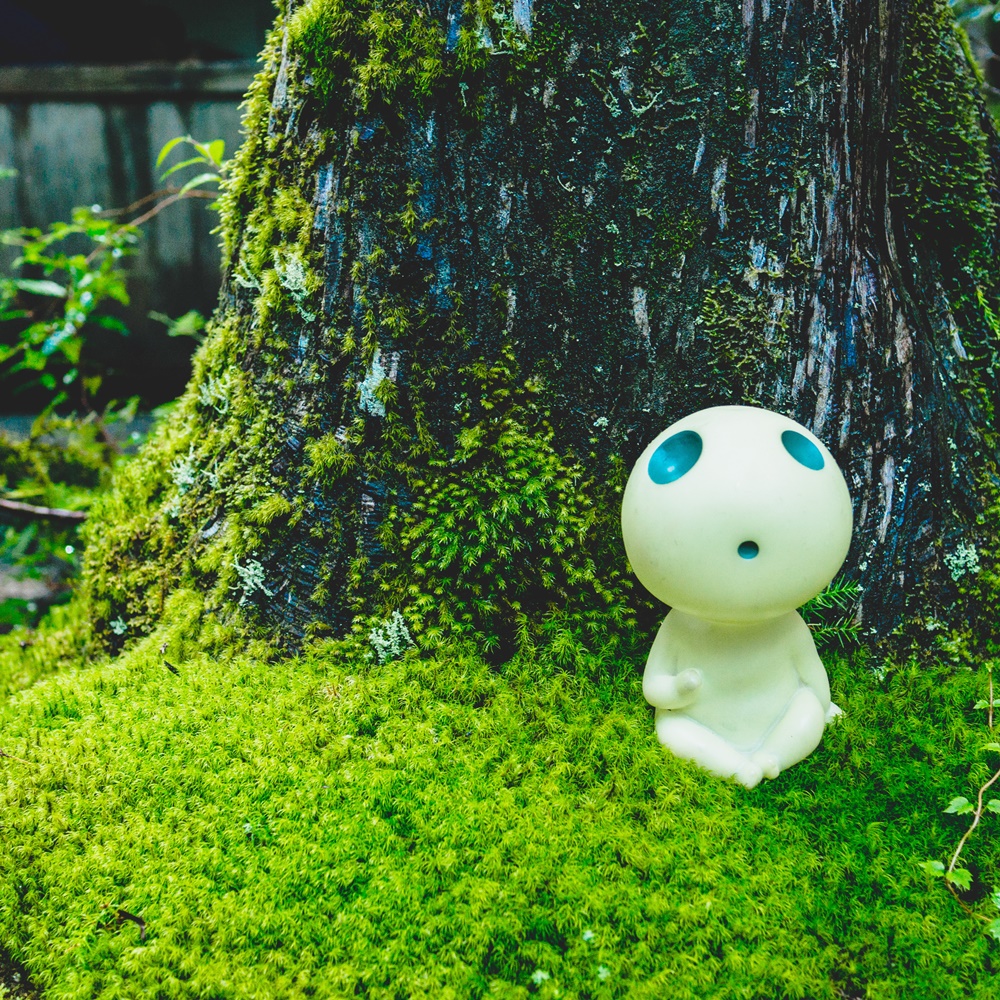
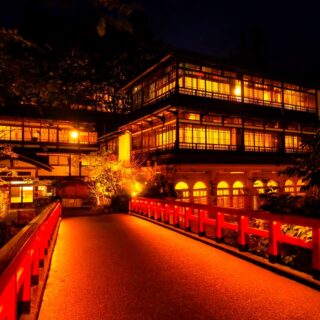
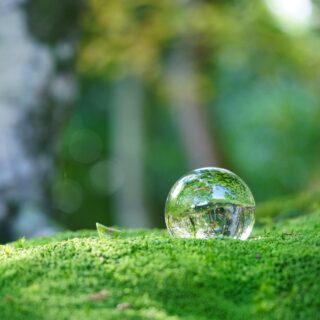
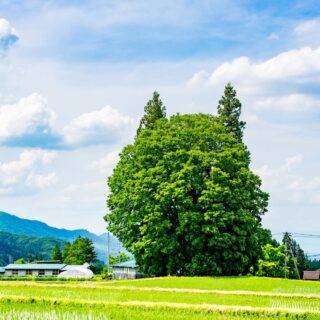
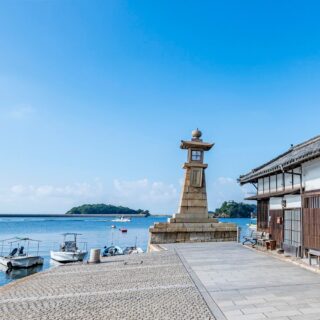
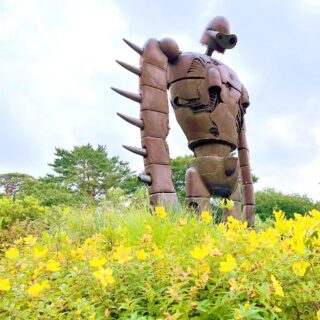
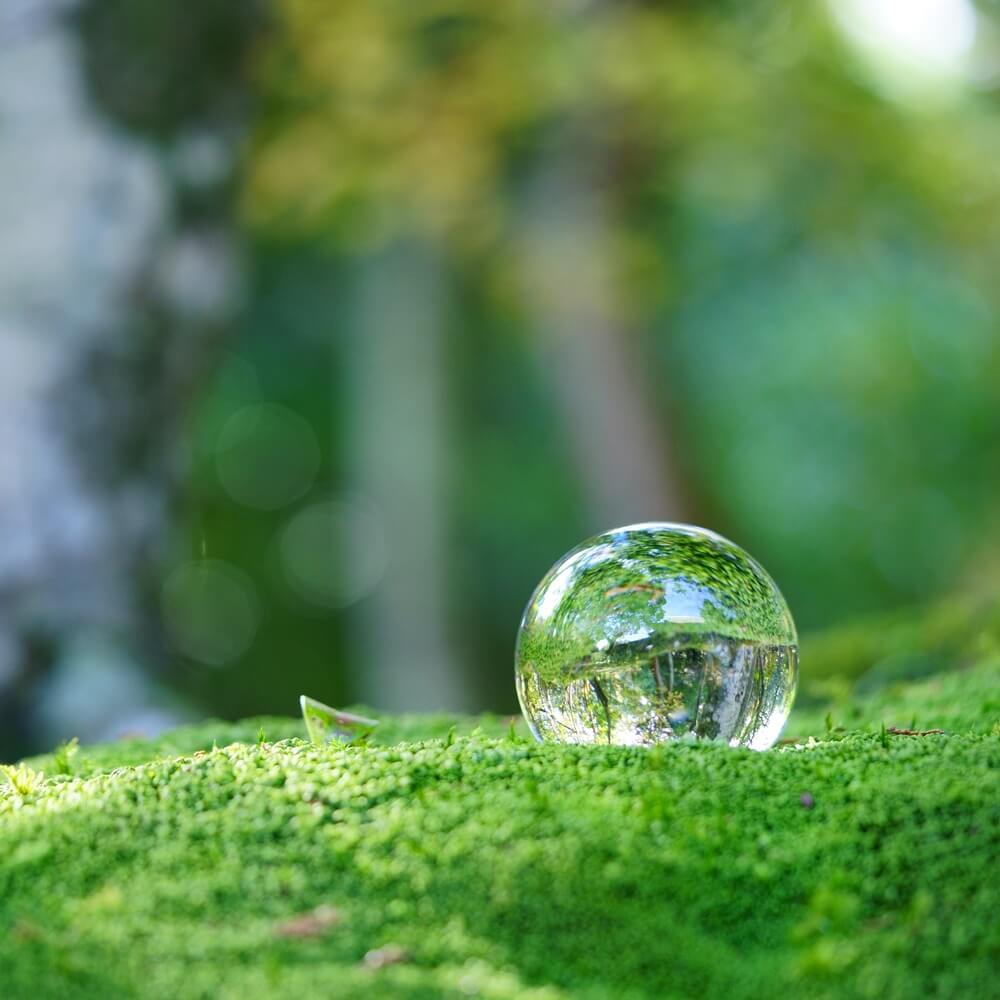
コメント 記事の感想やライターさんへの応援メッセージを送ろう!